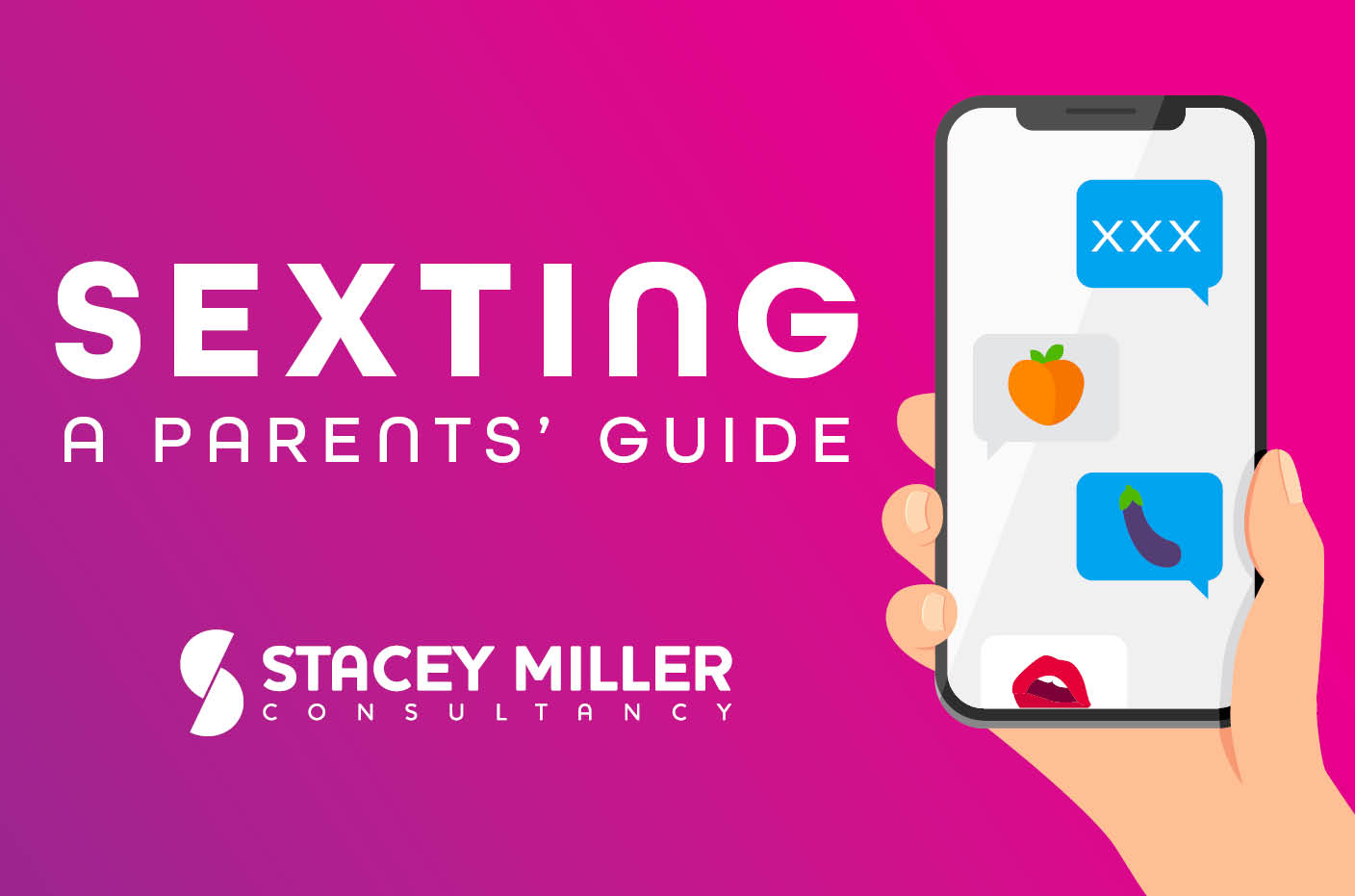
Online safety for teens: Sexting, a parents’ guide
🍑🍆 S E X T I N G 🍆🍑
What is Sexting?
It refers to a sexual selfie, semi or fully nude, message or video of the same content shared via messaging services or the internet.
Why do young people do this and what are the risks?
It is seen as part of a ‘normal teen culture, it can also come down to peer pressure; such as being bullied for not doing it, or it’s seen as expected in relationships. It can also seem easier than partaking face-to-face, less real and less risky; especially during lockdown.
However, it is ultimately just a risky as face-to-face encounters. Loss of control of their imagerymeans it could end up posted online or used for sextortion (blackmail) and bullying. There is also the risk child sexual exploitation, where adults engage with children online and exploit them for more content or even in real-life.
Mental health and wellbeing can also be effected by sexting, the consequences of sharing personal sexual content can be far-reaching even can leading to depression, self harm and in extreme cases suicide.

What does the law say?
The law says that taking, possessing, sharing, showing and distributing indecent images of a child u18 is an offence; even if the images are of themselves. Offences against a child u18 can be committed by a child u18.
The police will look to safeguard the young person involved and educate them. They will try to avoid prosecuting a young person who has shared images of themselves where it is ‘experimental’ and in an age-appropriate relationship. If there are ‘aggravating factors’, such as large age gaps and threats the police can press charges.
How can I support my children?
Talk! While this is an awkward conversation to bring up, being open, or at least knowing that they can come to you if anything is wrong is the first step.



